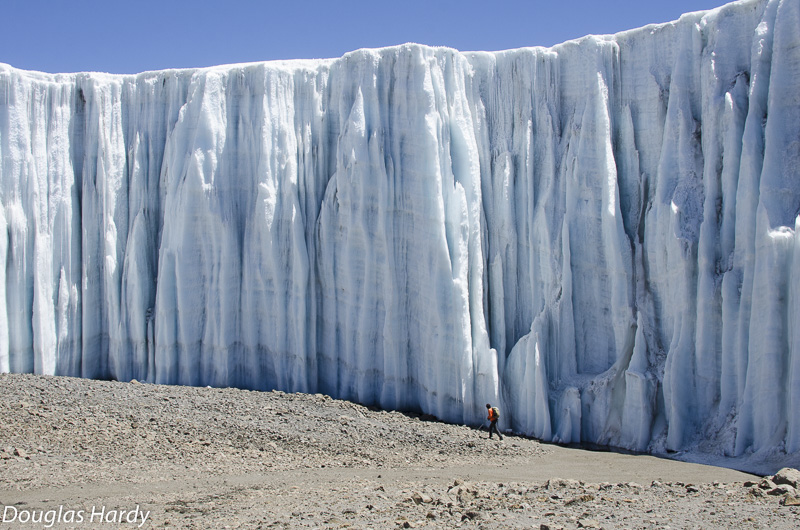
In 1988, Maldives, an island nation in the Indian Ocean, appeared certain to be inundated by rising seas due to global warming. With claims its 210,000 residents could be climate refugees in just 30 years, Maldives became a poster child for impending climate catastrophe.
In 2010 the UNFCCC established the Green Climate Fund (GCF) to assist nations like Maldives in dealing with climate change. Developed nations were asked to contribute based on per-capita carbon dioxide emissions. Donations to the GCF became part of the 2016 Paris Agreement, entered into by President Obama with an executive order to avoid congressional oversight.
Obama pledged $3 billion to the GCF and paid $1 billion of that from the State Department budget.

Today, the land area of Maldives is unchanged from 1988, while its population has grown to more than 544,000. It’s a playground for the ultra-wealthy, with 14 airports (four international) and more than 150 luxury resorts.
To ensure the 1.5 million tourists each year have fresh water, the GCF spent $23.6 million to improve Maldives’s water system. U.S. taxpayers can take pride in helping with that project. Electricity, however, continues to be supplied almost exclusively by diesel generators.
Tens of millions of GCF funds are also going to Vanuatu and Tuvalu, other supposed sinkers that aren’t sinking, to provide “Climate Information Services” and “Coastal Adaptation.” But one of the most generous projects is “Catalysing Climate Finance,” a $1.5 billion expenditure to initiate private green energy investment in Communist China’s Shandong Province.
If the Biden administration rejoins the Paris Agreement, we can look forward to more such altruistic expenditures of borrowed money.
We’d also be obligated to finance environmentally destructive wind turbines, eternally under-construction high-speed rails to nowhere, and a Verde-River-depleting pumped storage facility in Chino Valley, Arizona. But Biden promises taxpayers they’ll be indebted by those fruitless subsidies and mandates no matter what, so why toss additional billions at an unaccountable international bureaucracy as a ‘pledge’ to do so?
Keep U.S. tax dollars out of the GCF’s gold mine. Just say “no” to the Paris Agreement.


 The project would require approximately 151 miles of 500kV transmission lines with a 200ft right-of-way.
The project would require approximately 151 miles of 500kV transmission lines with a 200ft right-of-way.